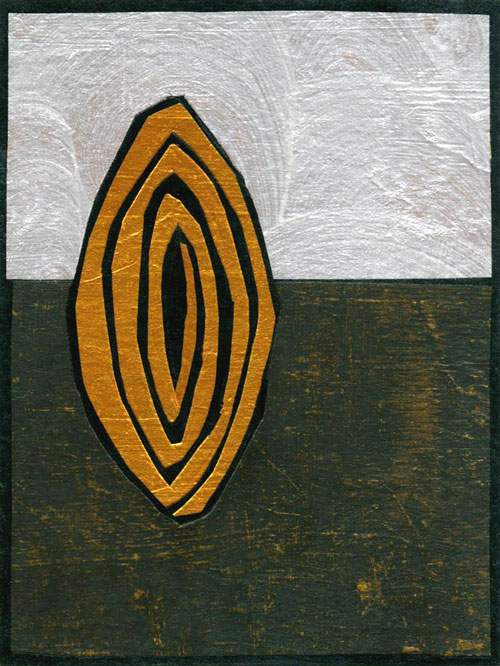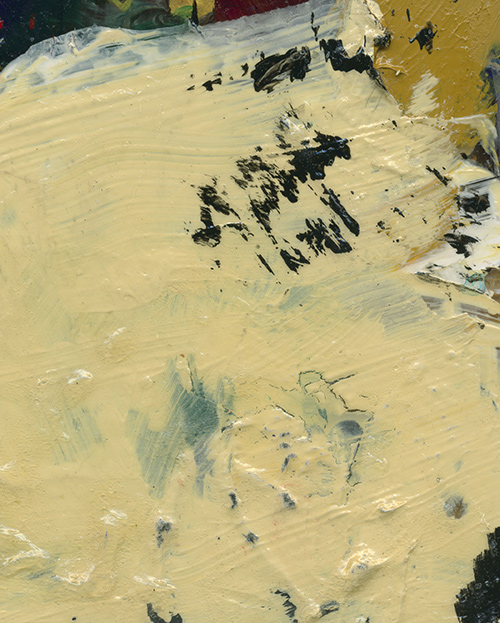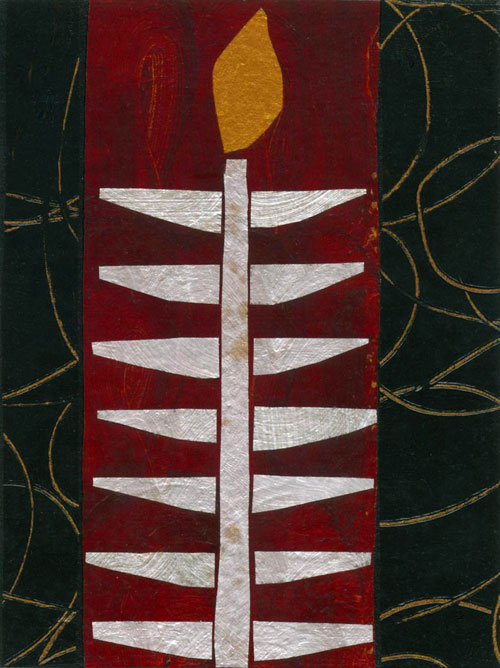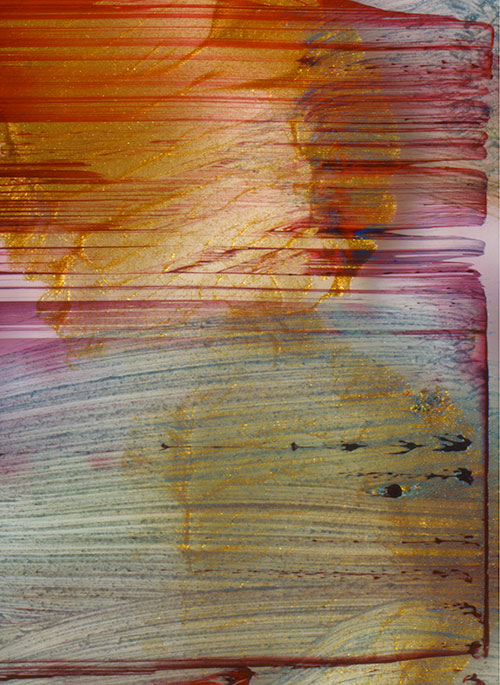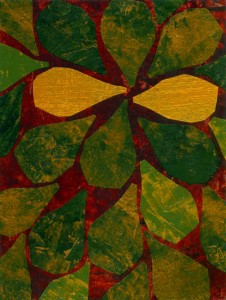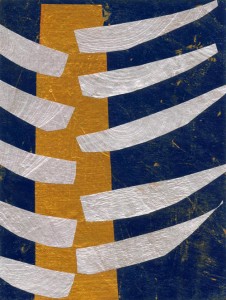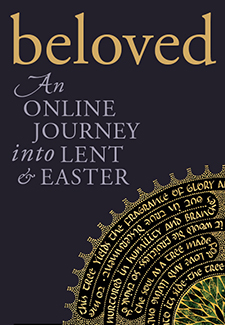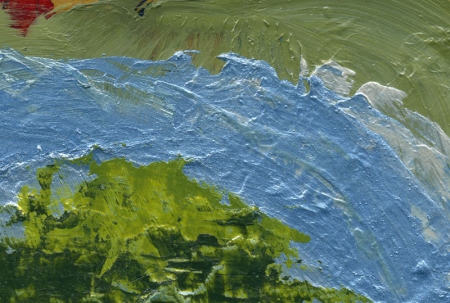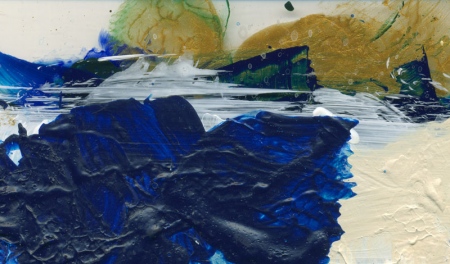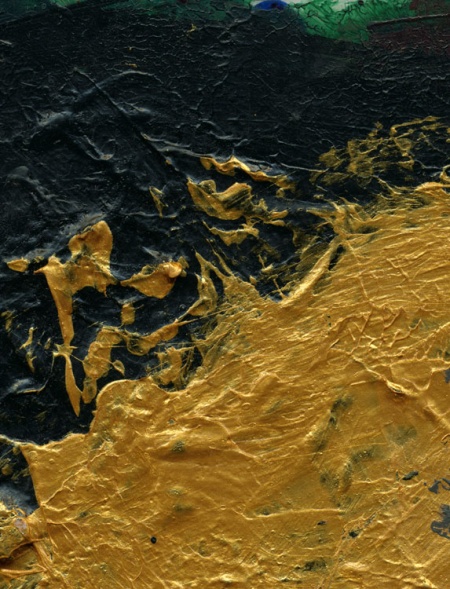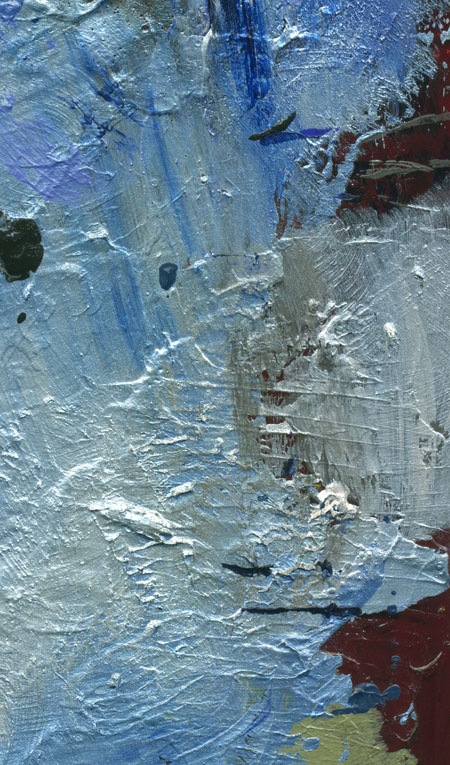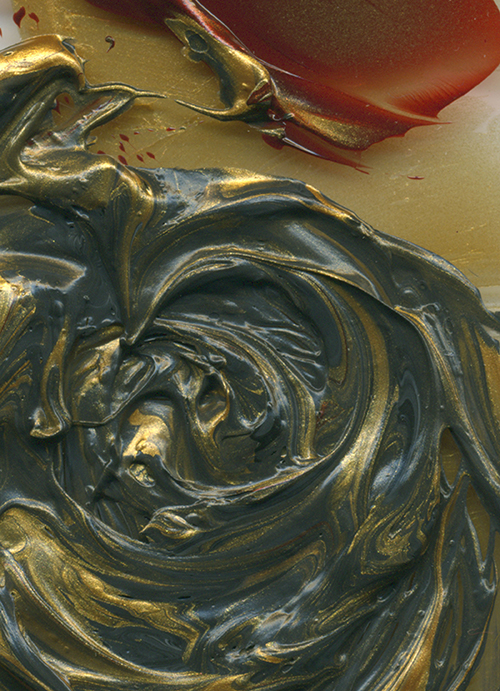 Image: Where the Story Begins © Jan Richardson
Image: Where the Story Begins © Jan Richardson
Reading from the Psalms, Year A, Proper 27/Ordinary 32/Pentecost +22: Psalm 78.1-7
I will open my mouth in a parable;
I will utter dark sayings from of old,
things that we have heard and known,
that our ancestors have told us.
– Psalm 78.2,3
Gary was a remarkable storyteller. In the Song Chapel concerts that he performed across the United States, song and spoken word wove together, inviting us to hear the story of God anew. Gary knew how to pare away the layers of familiarity in the stories of our faith—those layers that can lull us into thinking we know what a story is about. In his hands, a story became a sacred space of revelation, of transformation, of welcome.
Sometime after Gary’s death, the thought came to me: Now he is all story. Story is what remains of my beloved: the stories he told in song and spoken word; the stories by which he invited us to enter into the story of God; and the stories we tell now of who Gary was in this life.
The author of Psalm 78 understands the power of story, and the absolute necessity of it. He understands that we cannot know God without stories; that we cannot know ourselves without them. The psalmist knows that we cannot be the people of God without telling the story of God, passing the story on to each generation. Things that we have heard and known, that our ancestors have told us, the psalmist writes.
Where does the power of a story lie? What is it about a story that so compels us?
Once upon a time.
Long ago and far away.
In the beginning.
Incantation and enchantment, invitation and initiation.
We speak of getting lost in a story, but part of what draws us to a story is the promise of finding: finding a different world, finding another time, finding ourselves. There is something in us that hungers for a story, an empty space that is shaped precisely to its contours. We reach for the threads that a story offers, we enter the rooms it opens to us, we inhabit the skin of another and somehow, in the hands of a good story, we are returned to ourselves. And we are perhaps holding the threads of our own stories a bit differently, or entering a new space within ourselves, or finding ourselves able to inhabit our own skin more completely.
Elie Wiesel says that God created us because God loves stories.
When Christ came (in the fullness of time, the story goes), he came as the Word made flesh. A story in motion. And he went into the world with stories on his lips, weaving them everywhere he went.
A sower went out to sow.
A man was going down from Jerusalem to Jericho, and fell into the hands of robbers.
There was a man who had two sons.
And, this week, Ten bridesmaids took their lamps and went to meet the bridegroom.
Jesus understood that in a world where it can be so difficult to know God, to know others, to know even ourselves, a story can offer a language, a doorway, a point of entry. He knew how a story can take us a little deeper into knowing, a little farther down the road in our journey of return.
We will not hide them from their children, the psalmist writes in Psalm 78. And perhaps that’s where the true power of a good story lies: that it unhides something, reveals something—and someone—we need to know.
What stories are you listening to? What stories are you telling? How do you attend to your own story? Where have you experienced being lost in a story, and being found? How might God be inviting you to look at your story with new eyes?
Blessing the Story
You might think
this blessing lives
in the story
that you can see,
that it has curled up
in a comfortable spot
on the surface
of the telling.
But this blessing lives
in the story beneath
the story.
It lives in the story
inside the story.
In the spaces
between.
In the edges,
the margins,
the mysterious gaps,
the enticing and
fertile emptiness.
This blessing
makes its home
within the layers.
This blessing is
doorway and portal,
passage and path.
It is more ancient
than imagining
and makes itself
ever new.
This blessing
is where the story
begins.
– Jan Richardson
For a reflection on this week’s gospel passage, click the image or title below.
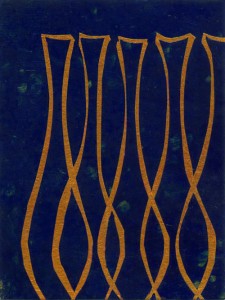
Midnight Oil
An Advent Journey…
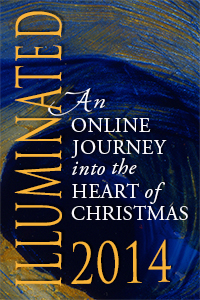
ILLUMINATED 2014 — Registration now open!
Are you hungry for an experience that invites you into Advent without stressing your schedule? This online retreat is not about adding one more thing to your holidays. It is about helping you find spaces for reflection that draw you deep into this season that shimmers with mystery and possibility. Offering a space of elegant simplicity as you journey toward Christmas, the Illuminated retreat fits easily into the rhythm of your days, anywhere you are. Begins November 30. For info and registration, visit ILLUMINATED 2014. Group & congregational rates available.
Using Jan’s artwork…
To use the image “Where the Story Begins,” please visit this page at janrichardsonimages.com. (This is also available as an art print. After clicking over to the image’s page on the Jan Richardson Images site, just scroll down to the “Purchase as an Art Print” section.) Your use of janrichardsonimages.com helps make the ministry of The Painted Prayerbook possible. Thank you!
Using Jan’s words…
For worship services and related settings, you are welcome to use Jan’s blessings or other words from this blog without requesting permission. All that’s needed is to acknowledge the source. Please include this info in a credit line: “© Jan Richardson. janrichardson.com.” For other uses, visit Copyright Permissions.
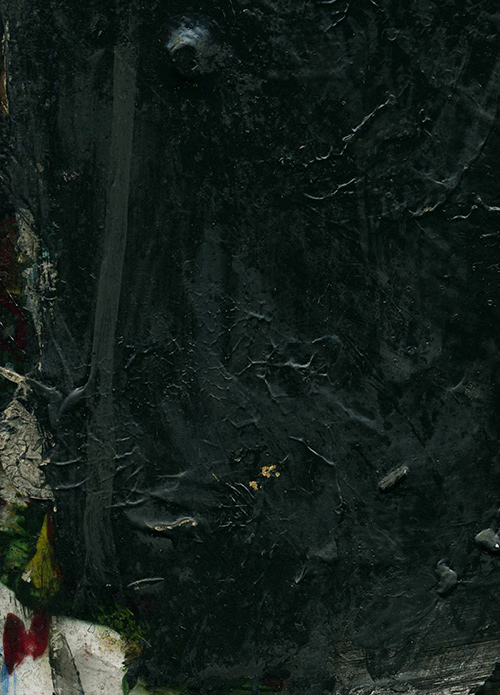 Image: Gethsemane © Jan Richardson
Image: Gethsemane © Jan Richardson